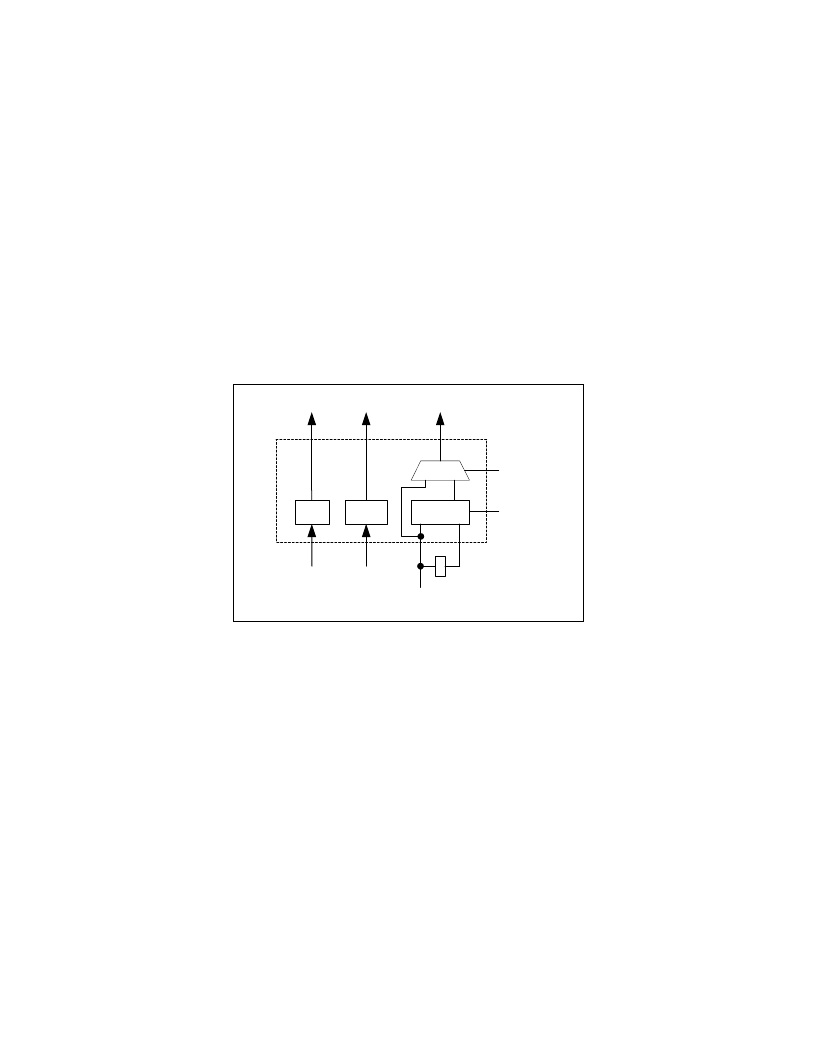- 您現(xiàn)在的位置:買賣IC網(wǎng) > PDF目錄358934 > LPC47M14S-NC (SMSC Corporation) 128 PIN ENGANCED SUPER I/O CONTROLLER WITH AN LPC INTERFACE AND USB HUB PDF資料下載
參數(shù)資料
| 型號: | LPC47M14S-NC |
| 廠商: | SMSC Corporation |
| 英文描述: | 128 PIN ENGANCED SUPER I/O CONTROLLER WITH AN LPC INTERFACE AND USB HUB |
| 中文描述: | 128引腳ENGANCED超級I / O與LPC接口和USB集線器控制器 |
| 文件頁數(shù): | 24/205頁 |
| 文件大?。?/td> | 1219K |
| 代理商: | LPC47M14S-NC |
第1頁第2頁第3頁第4頁第5頁第6頁第7頁第8頁第9頁第10頁第11頁第12頁第13頁第14頁第15頁第16頁第17頁第18頁第19頁第20頁第21頁第22頁第23頁當前第24頁第25頁第26頁第27頁第28頁第29頁第30頁第31頁第32頁第33頁第34頁第35頁第36頁第37頁第38頁第39頁第40頁第41頁第42頁第43頁第44頁第45頁第46頁第47頁第48頁第49頁第50頁第51頁第52頁第53頁第54頁第55頁第56頁第57頁第58頁第59頁第60頁第61頁第62頁第63頁第64頁第65頁第66頁第67頁第68頁第69頁第70頁第71頁第72頁第73頁第74頁第75頁第76頁第77頁第78頁第79頁第80頁第81頁第82頁第83頁第84頁第85頁第86頁第87頁第88頁第89頁第90頁第91頁第92頁第93頁第94頁第95頁第96頁第97頁第98頁第99頁第100頁第101頁第102頁第103頁第104頁第105頁第106頁第107頁第108頁第109頁第110頁第111頁第112頁第113頁第114頁第115頁第116頁第117頁第118頁第119頁第120頁第121頁第122頁第123頁第124頁第125頁第126頁第127頁第128頁第129頁第130頁第131頁第132頁第133頁第134頁第135頁第136頁第137頁第138頁第139頁第140頁第141頁第142頁第143頁第144頁第145頁第146頁第147頁第148頁第149頁第150頁第151頁第152頁第153頁第154頁第155頁第156頁第157頁第158頁第159頁第160頁第161頁第162頁第163頁第164頁第165頁第166頁第167頁第168頁第169頁第170頁第171頁第172頁第173頁第174頁第175頁第176頁第177頁第178頁第179頁第180頁第181頁第182頁第183頁第184頁第185頁第186頁第187頁第188頁第189頁第190頁第191頁第192頁第193頁第194頁第195頁第196頁第197頁第198頁第199頁第200頁第201頁第202頁第203頁第204頁第205頁

SMSC DS – LPC47M14X
Page 24
Rev. 03/19/2001
6.4
The USB Hub Block implements one upstream port and up to four downstream ports. The internal
address/data/control connection is provided for programming by BIOS the USB Vendor ID, Product ID, Device
Revision Number and number of down stream ports by accessing the Hub Control register. USB cable data is not
transmitted or received via the internal connection.
The USB Hub Block implements the requirements defined in the USB Hub Device Class Specification Version 1.1
(USB Specification 1.1, Chapter 11), including Status Change Endpoint, Hub class specific descriptors and Hub class
specific requests. The USB Hub Block supports Suspend and Resume both as a USB device and in terms of
propagating Suspend and Resume signaling. It also supports remote wakeup by a device on downstream ports.
For wakeup requirements, the Hub Block is powered from VTR. VTR also powers the 24MHz OSC/PLL, 32 KHz clock
input buffer, 48MHz CLK/OSC MUX and all Logical Device and Global Configuration Registers as well as
programmable wakeup events in the PME interface.
The Hub Block clock requirements are derived from separate CLK/OSC pins (ICLK, OCLK). Clock pins ICLK and
OCLK provide implementation flexibility for the system designer (see FIGURE 2). When a 48MHz clock signal is
available, it may be connected directly to the ICLK pin. To reduce overall system EMI, a local 24MHz oscillator may
alternately be connected between the ICLK and OCLK pins. The OSC_CLK control bit in the Logical Device C
Configuration Register at 0xF0, selects between clock sources. The 32 KHz clock source is used to time certain port
change events. This will ensure the USB Hub will respond to port change events while the hub is in Suspend.
USB HUB FUNCTIONAL DESCRIPTION
FIGURE 2 – LPC47M14X CLOCK GENERATOR
For power conservation the USB Hub Block turns off internal hub clocks during Suspend, as follows:
The Hub Block responds to two types of Suspend. Selective (or Port) Suspend and Global Suspend.
Segments of the bus can be selectively suspended by sending the command SetPortFeature
(PORT_SUSPEND) to the hub port to which that segment is attached. The suspended port will block activity
to the suspended bus segment. Because other ports on the hub remain active, internal clocks are not turned
off.
Global Suspend is used when no communication is desired anywhere on the bus and the entire bus is
placed in the Suspend state. The host signals the start of global suspend by ceasing all its transmissions
(including the SOF token). As the hub block, and each device on the bus, recognizes that the bus is in the
idle state for the appropriate length of time, it goes into the Suspend state. Because all bus segments
attached to the hub are in the Suspend state, the hub will turn off the internal 24MHz driven PLL. In addition,
48MHz is stopped in the Hub Block. The 48MHz clock signal at the ICLK pin, if enabled, is not stopped.
Control logic external to the LPC47M14X should stop this clock, if desired.
The Hub Block will Resume from a Suspend state by receiving any non-idle signaling by a remote wakeup
enabled device on its downstream ports or Resume signaling on its upstream port. If the Hub has been
enabled as a remote wakeup source, it will also Resume from connects and disconnects on downstream
OSC/PLL
CLK/OSC
MUX
PLL
48 Mhz. (to
Hub Block)
Clocks for IO
Blocks
OSC_CLK
(from config.
registers)
PLL_EN
(control
from hub)
CLOCKI
ICLK
OCLK
24 MHz.
Crystal
48 MHz.
Clock
14.318 MHz.
Clock
Buffer
To Hub Block
and SIO
CLKI32
32.768 KHz.
Clock
相關(guān)PDF資料 |
PDF描述 |
|---|---|
| LPC47M192 | LPC SUPER I/O WITH HARDWARE MONITORING BLOCK |
| LPC47U32X | Peripheral (Multifunction) Controller |
| LPC47N227MN | Peripheral IC |
| LPC47M10X | Microcontroller |
| LPC47M182 | Microprocessor Crystal; Frequency:19.6608MHz; Frequency Tolerance:20ppm; Load Capacitance:18pF; Crystal Terminals:Radial Leaded; ESR:25ohm; Leaded Process Compatible:Yes; Mounting Type:Through Hole; No. of Pins:2 RoHS Compliant: Yes |
相關(guān)代理商/技術(shù)參數(shù) |
參數(shù)描述 |
|---|---|
| LPC47M14T-NC | 制造商:SMSC 制造商全稱:SMSC 功能描述:128 PIN ENGANCED SUPER I/O CONTROLLER WITH AN LPC INTERFACE AND USB HUB |
| LPC47M14U-NC | 制造商:SMSC 制造商全稱:SMSC 功能描述:128 PIN ENGANCED SUPER I/O CONTROLLER WITH AN LPC INTERFACE AND USB HUB |
| LPC47M14V-NC | 制造商:SMSC 制造商全稱:SMSC 功能描述:128 PIN ENGANCED SUPER I/O CONTROLLER WITH AN LPC INTERFACE AND USB HUB |
| LPC47M14W-NC | 制造商:SMSC 制造商全稱:SMSC 功能描述:128 PIN ENGANCED SUPER I/O CONTROLLER WITH AN LPC INTERFACE AND USB HUB |
| LPC47M14X | 制造商:SMSC 制造商全稱:SMSC 功能描述:128 PIN ENGANCED SUPER I/O CONTROLLER WITH AN LPC INTERFACE AND USB HUB |
發(fā)布緊急采購,3分鐘左右您將得到回復(fù)。